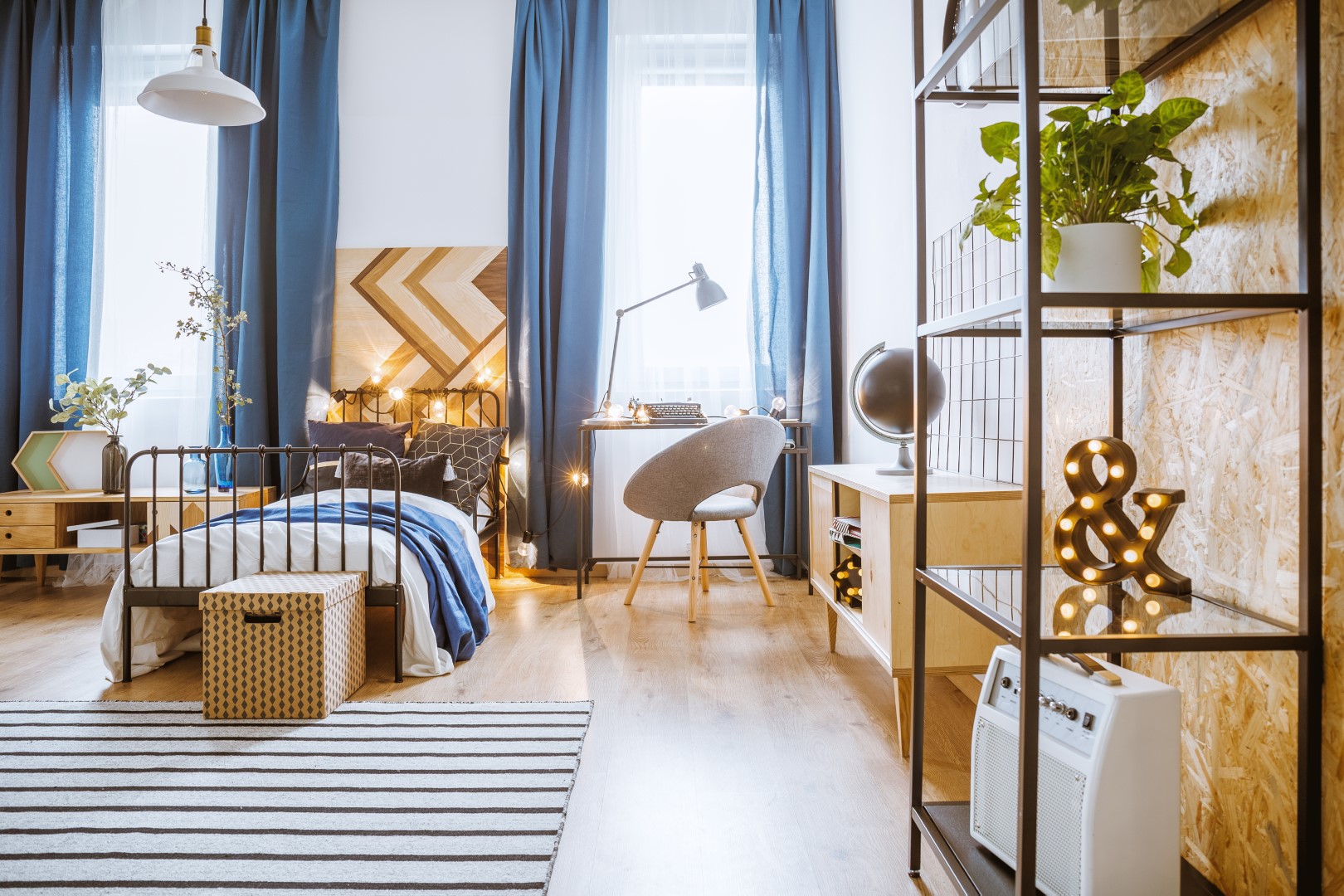In an era where sustainability takes center stage, even our bedrooms are undergoing a green revolution.
The soaring popularity of non-toxic bedding marks a significant shift towards eco-friendly living, promising both an environmentally conscious footprint and a healthier sanctuary for rest.
Let’s delve into the compelling reasons behind the rise of non-toxic bedding in sustainable bedrooms without interrupting the flow.
1. Organic Cotton: A Breath of Fresh Sustainability
Say goodbye to conventional bedding laden with pesticides and synthetic chemicals and welcome the era of organic cotton.
As consumers increasingly prioritize a chemical-free sleep environment, organic cotton emerges as the champion of sustainability.
Grown without synthetic pesticides and fertilizers, organic cotton bedding not only supports environmental preservation but also provides a toxin-free sanctuary for rejuvenating sleep.
Elevate your green living ethos by incorporating organic cotton bedding and contribute to a healthier planet — visit orezon.co/blogs/home-decor/non-toxic-bedding-healthy-bedding-for-your-home.
2. Linen: Chic Sustainability at Its Finest
Step into the era of non-toxic luxury with linen bedding.
Celebrated for its durability, breathability, and minimal environmental impact, linen is making waves in sustainable bedrooms. Its production demands fewer resources compared to traditional cotton, making it a stylish yet eco-savvy choice.
Beyond its sustainability credentials, linen bedding becomes softer with each wash, eliminating the need for chemical softeners.
Choose linen to marry elegance with environmental responsibility and create a chic, sustainable sleep haven.
3. Wool: Nature’s Embrace for a Chemical-Free Slumber
Experience the resurgence of wool in sustainable bedrooms. Derived from nature, wool bedding provides natural insulation without the chemical additives often present in synthetic materials.
As the demand for non-toxic sleep solutions grows, wool stands out as a preferred choice.
By opting for wool bedding, you not only contribute to sustainable practices but also create a sleep environment devoid of harmful chemicals.
4. The Intersection of Style and Sustainability
The adoption of non-toxic bedding is not merely a practical choice; it’s also a style statement.
With a myriad of design options, textures, and colors available, eco-conscious consumers can express their unique tastes while contributing to a healthier planet.
From chic organic cotton prints to the timeless elegance of linen, non-toxic bedding allows you to align your aesthetic preferences with sustainable living.
5. Eco-Friendly Innovations: Beyond the Bedding
The revolution in sustainable bedrooms goes beyond just the bedding materials.
Companies are increasingly adopting eco-friendly practices in manufacturing, packaging, and distribution. Look for brands that use recycled materials, minimize waste, and employ ethical labor practices.
By supporting these initiatives, you become part of a larger movement towards a greener future.
6. Making Informed Choices: Navigating the Non-Toxic Market
As the demand for non-toxic bedding grows, so does the market.
To make informed choices, consumers should be aware of industry certifications, such as GOTS (Global Organic Textile Standard) for organic textiles.
These certifications ensure that the products meet specific environmental and social criteria, giving you confidence in your sustainable purchases.
7. Embracing Sustainable Bedding Practices
Beyond material choices, sustainable bedrooms involve adopting eco-friendly practices.
Consider energy-efficient lighting, utilizing recycled furniture, and incorporating indoor plants to improve air quality.
These practices complement non-toxic bedding, creating a holistic approach to a green sleep haven.
A Greener, Healthier Future
In conclusion, the rise of non-toxic bedding in sustainable bedrooms signifies a collective shift towards a greener, healthier future. Whether opting for organic cotton, linen, or wool, today’s conscientious consumers are weaving sustainability into the very fabric of their sleep sanctuaries.
Embrace the eco-friendly revolution and make your bedroom a haven for both relaxation and environmental responsibility. With each conscious choice, you contribute to a more sustainable world, one peaceful night’s sleep at a time.
Discover more from Futurist Architecture
Subscribe to get the latest posts sent to your email.




